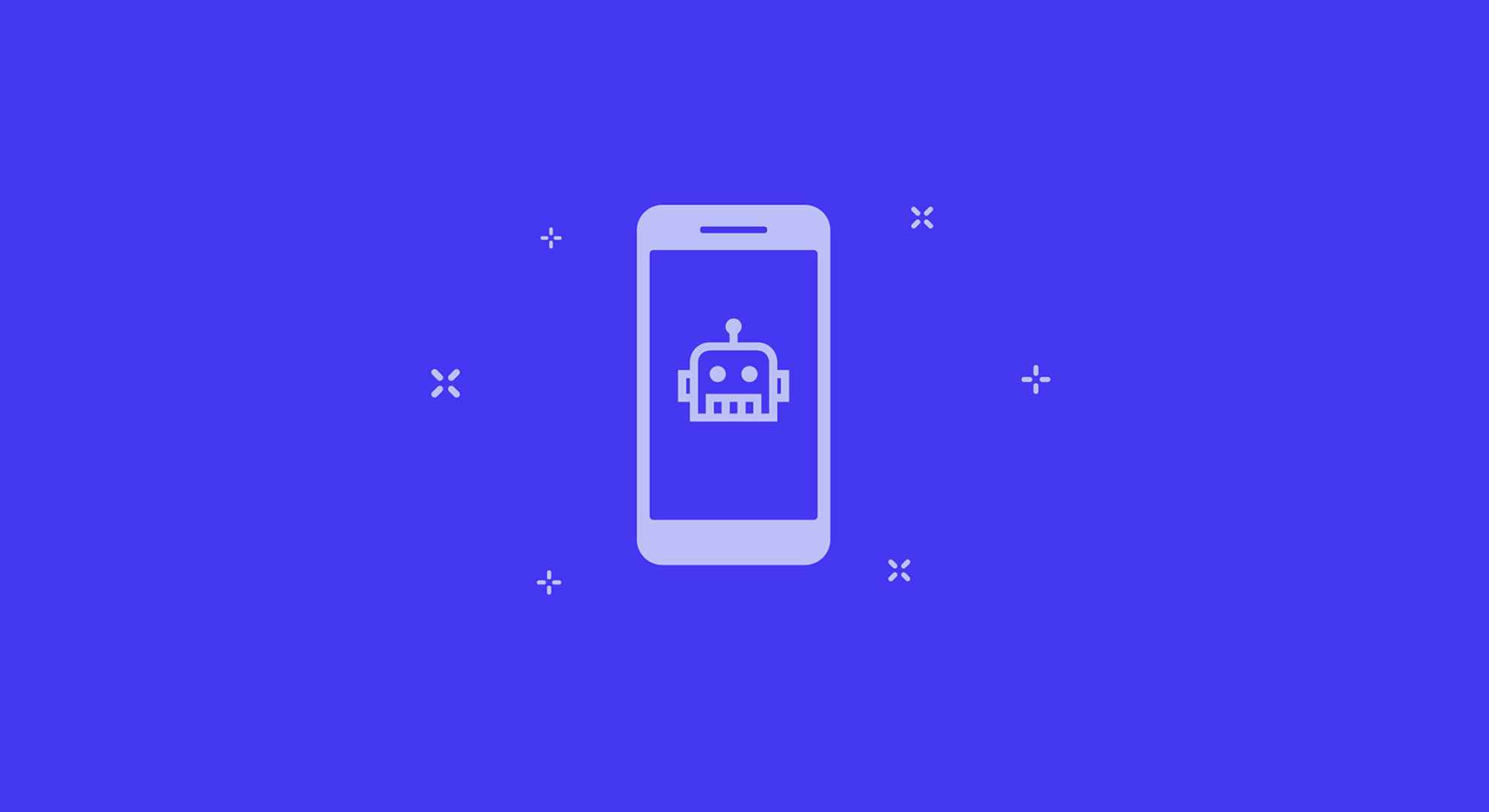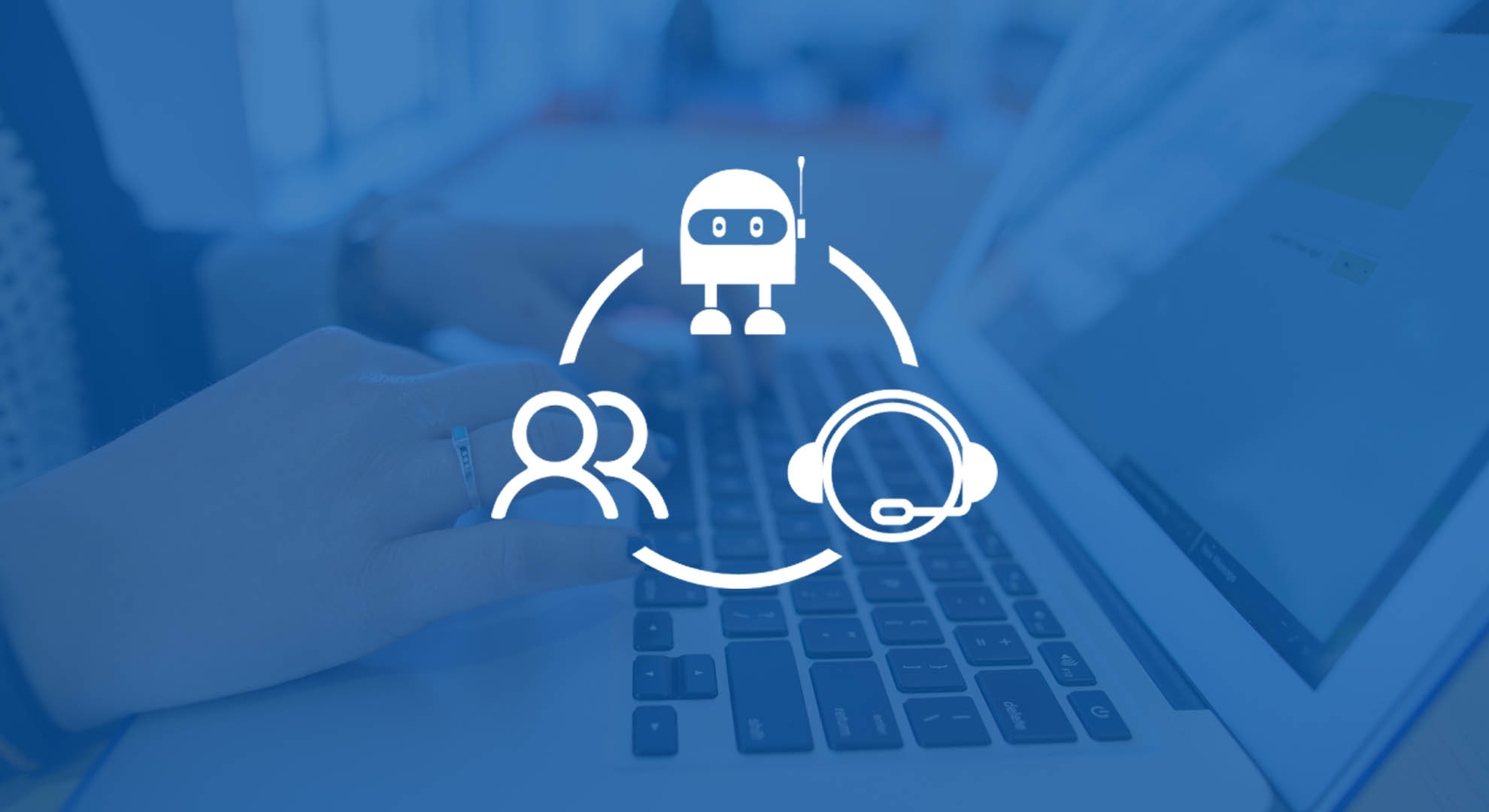Conversational AI may sound like a new term for many but the technology is here for quite a time. It’s very likely that you’ve talked to a chatbot even if you didn’t realize doing so. Take the example of iPhone’s Siri, Google’s Virtual Assistant, and smartphone’s messaging apps, they all are the byproducts of conversational artificial intelligence.
What is Conversational AI?
Conversational AI is a software program (or application) that conducts the conversation through the textual or auditory method and performs basic tasks – whether it’s answering a question or serving an order. Primarily, chatbots are aimed at streamlining interactions between businesses and prospects (clients/customers).
It is predicted that artificial intelligence (read chatbots) will amount for 85 percent of customer relationships by 2020. From planning your vacations to finding the best restaurant, (there is a strong probability that) you will be talking to a bot.
AI in Customer Service
Two things will accelerate adoption of AI in customer service. First, programming a chatbot to perform basic tasks is simple and low-cost as compared to training and retaining a human resource for the said role. Secondly, customers love to get in touch with self-service solutions (chatbots) and receive the quicker information as compared to calling the customer service via phone and wait longer.
Another factor that indicates a strong potential of conversational AI in business is the technology’s ability to scale. For example, 1.6 billion people were using messaging apps in 2016 and the number will soar to 2 billion by the next year.
Moreover, since Facebook allowed companies to integrate their bots into the Messenger, businesses can bank on Facebook Messenger’s success to engage customers the way they want to. Conversational AI makes things efficient, for both – the users and the brands. It reduces the cost by facilitating interaction without involving call centers and CSR, and also enable faster information access for customers.
In the following, we are exploring some areas where Conversational Artificial Intelligence will enhance the customer experience and enable business success.
1. Customer Engagement
Conversational AI is the future of brand engagement. It has been observed that engaged customers have the high probability to proceed to the bottom of sales funnel quicker. For instance, a chatbot can begin a conversation to promote an offer or inform your customers about your latest products.
Gartner predicts that by 2020, 85 percent of customer relations will be managed by bots – without any human involvement. This means, customers will be asking bots for product information, coupon codes etc. and will be served instantly.
Hence, progressive businesses will enhance their customer experiences by programming their chatbot well enough to process basic tasks. If the prospect asks anything that the bot isn’t programmed to answer, the request will be immediately forwarded to the customer support department for involvement and response.
2. Reducing CS Cost
Cost saving is the most underestimated aspect of conversational AI. As we noted above, training and retaining a bot is quite cost-effective as compared to the human resource; hence, businesses will be compelled to adopt AI.
A study by IBM indicates that by 2022, chatbots are expected to save businesses more than $8 billion per year. Owing to the same, adoption of AI in various industries will surge rapidly. Take the example of healthcare, where AI’s adoption is predicted to upsurge from current 12% to over 75% in 2022.
Therefore, it’s not just the experience enhancement (but cost factor also) that will increase corporate appetite for smarter and intelligent AI solutions.
3. Round the Clock Presence
Customers are happy to attain the information at the time they require it. However, it is not possible for a human to be present 24/7 and address people’s queries.
That is the point where chatbots come to rescue. They are always there and extremely active throughout the day ready to be engaged. If served on time, prospects will not only have a positive image of the brand but the chances of conversions (or say orders) significantly increase.
4. Personalize Customer Experience
Since conversational AI tools keep on collecting consumers’ data from support interactions and databases, they’re intelligent in the formation of a personalized experience. The best thing about the chatbots is their ability to recognize human emotions such as anger, joy, confusion, and fear. If the chatbot detects that the customer is angry, it will instantly transfer the query to a human (customer support representative) to take care of it and assist the customer in a more humane manner.
5. Reduce Human Error
One of the most obvious reasons we utilize chatbot is because we want to gain time for other (and important) things. Therefore, we outsource some of our tasks to bots, which don’t have the human-like tendency to forget – hence chances of errors turn quite negligible.
Chatbots are developed with an objective to have access to huge data that can support them answer your customer’s queries perfectly. Thanks to smart algorithms and programming, they are able to process the data accurately and provide the desired answers on demand.
Conclusion
Before we finish this discussion, let’s not ignore the most important thing. Chatbots are an essential tool to augment or enhance customer experience, but they are not the replacement of humans. They’ve certain limitations – like they lack heart and ability to empathize in an emotional state.
Moreover, their performance is limited to the areas and tasks they’re programmed to do; for any complex queries, you obviously need the human mind and heart. Therefore, one should never consider chatbots as a complete replacement for human resources. In fact, they are a great tool to outsource our repetitive and basic tasks and put our focus on more important and complex activities for better results.





